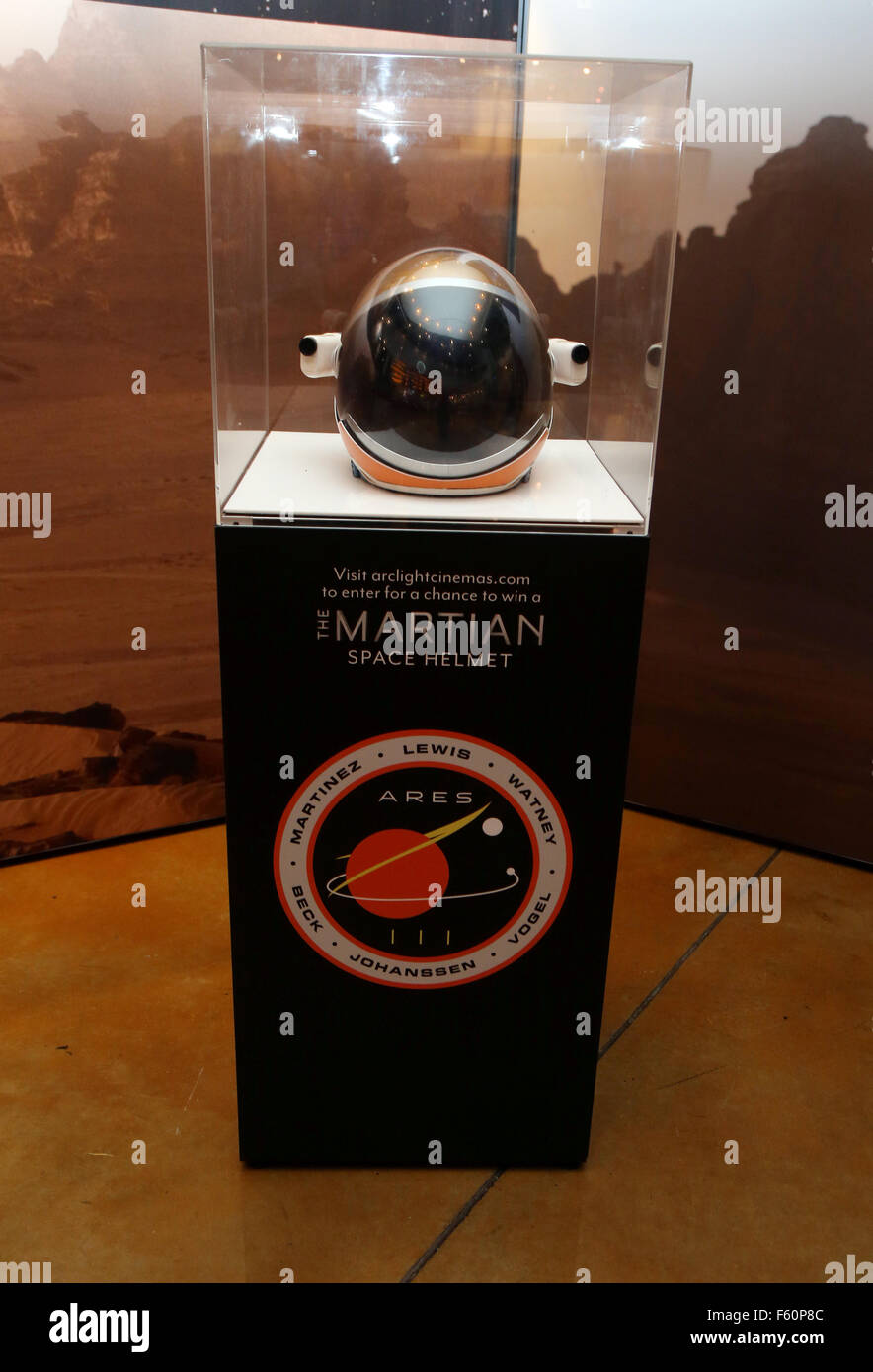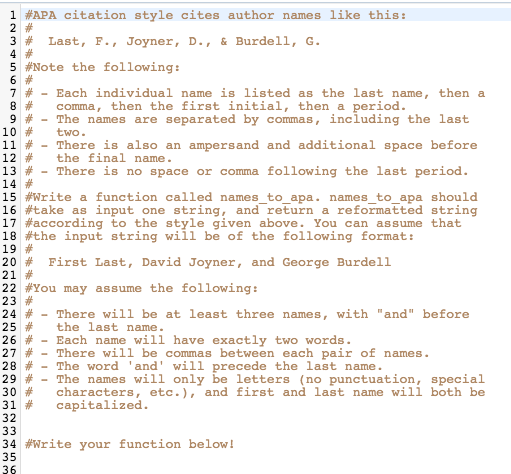

14 Our analysis of the GK data confirms this expectation. This was so for two reasons: first, an older informant would have received texts from deceased transmitters whom the younger ones could not access and second, transmitters generally preferred having fewer intermediaries between themselves and earlier authorities. In the vast majority of cases, transmitters got their texts from older transmitters. We expect that hadiths should in most cases flow from older transmitters to younger ones.

We thus identify departures from what we would normally expect in the transmission activity of narrators as documented in the isnāds. One way to programmatically detect errors within the dataset is to identify anomalies. ERROR DETECTION THROUGH THE ANALYSIS OF ALL BIDIRECTIONAL TRANSMISSION RELATIONSHIPS IN THE HADITH NETWORK Moreover, it makes possible the application of a variety of computational methods, including social network analysis and stylometric comparisons of corpora. This enables devising methods for automatic detection of errors in isnāds, a desideratum given the heavy dependence of historians on them. We also created a database and associated programs to allow for a robust analysis of GK data. This network documents hadith transmission activity involving 49,819 unique transmitters, 4,280,472 individual instances of hadith transmission between them, and 320,393 unique transmitter relationships. We constructed a unified social network of all of the transmitters based on the transmission relationships among them in all of the isnāds GK parsed. While GK has parsed and arranged the isnād data in a structured fashion, it has not used the data to create a unified social network. GK’s digitization efforts make the study of hadiths immeasurably easier. This example shows how the names in the isnāds are tagged in the first hadith cited above:

GK attempted to identify individuals, despite the variation in names, by giving each an unique identification number. Since a single individual may be known by multiple names, a unique individual narrator can be identified differently in different isnāds. A total of 49,819 unique persons are cited, some of them once or twice, and some many times. This does not mean that there were close to five million unique transmitters, because transmitters were often cited more than once, and some were quite prolific. 11 The 638,237 parsed isnāds contain 4,918,709 citations of names of transmitters. 10 Of the 828,841 hadiths in GK, the hadiths of 447,205 have been parsed, for a total of 638,237 isnāds. GK’s monumental advance is distinguishing the names of individual transmitters in the isnāds, disambiguating them, and linking them to a separate table containing biographical data gleaned from the biographical dictionaries. Importantly, GK has largely only parsed the isnāds of Prophetic hadiths, meaning they did not parse the isnāds that document the statements or actions of authorities other than Muhammad. There are 828,841 hadiths found in these 1,400 sources.
#Cite prophets prey apa full
9 The rest of the sources are devoted primarily to Islamic law, theology, belles-lettres, or biographies that include hadiths with full isnāds. 900 of these are strictly hadith collections, forming GK’s core dataset. GK has digitized 1,400 sources, including published books and manuscripts. The source for our data is the Gawāmiʿ al-Kalim ( GK) hadith software, 8 created by a team that was supported by the Qatar’s General Directorate of Endowments ( al-Idārat al-ʿĀmma liʾl-Awqāf) and the website. Yet, given the vastness and complexity of the hadith literature, it is no surprise that such mistakes were made frequently, not only by the creators of the digital corpora on which historians increasingly depend and by editors of printed editions, but also by premodern hadith collectors and transmitters. 2 However, they are at least partly dependent on the absence of egregious inadvertent errors-mistakes such as the unintentional replacement of one name with another. These analytical methods do not take the isnāds at face-value as accurate records of a report’s transmission history they are often able to distinguish back-projections from plausible attributions to sources. Most of these methods rely on analyzing the chain of names, isnād, found at the beginning of each hadith that purports to give the sequence of the people who transmitted it until it reached the premodern collector in whose book the report is found. Historians have long used a variety of methods to determine the dates and the geographical origins of the reports about the important events and persons of early Islam that constitute our main source for writing history-namely the āthār and the subset of the āthār about the Prophet Muhammad, called hadiths.


 0 kommentar(er)
0 kommentar(er)
